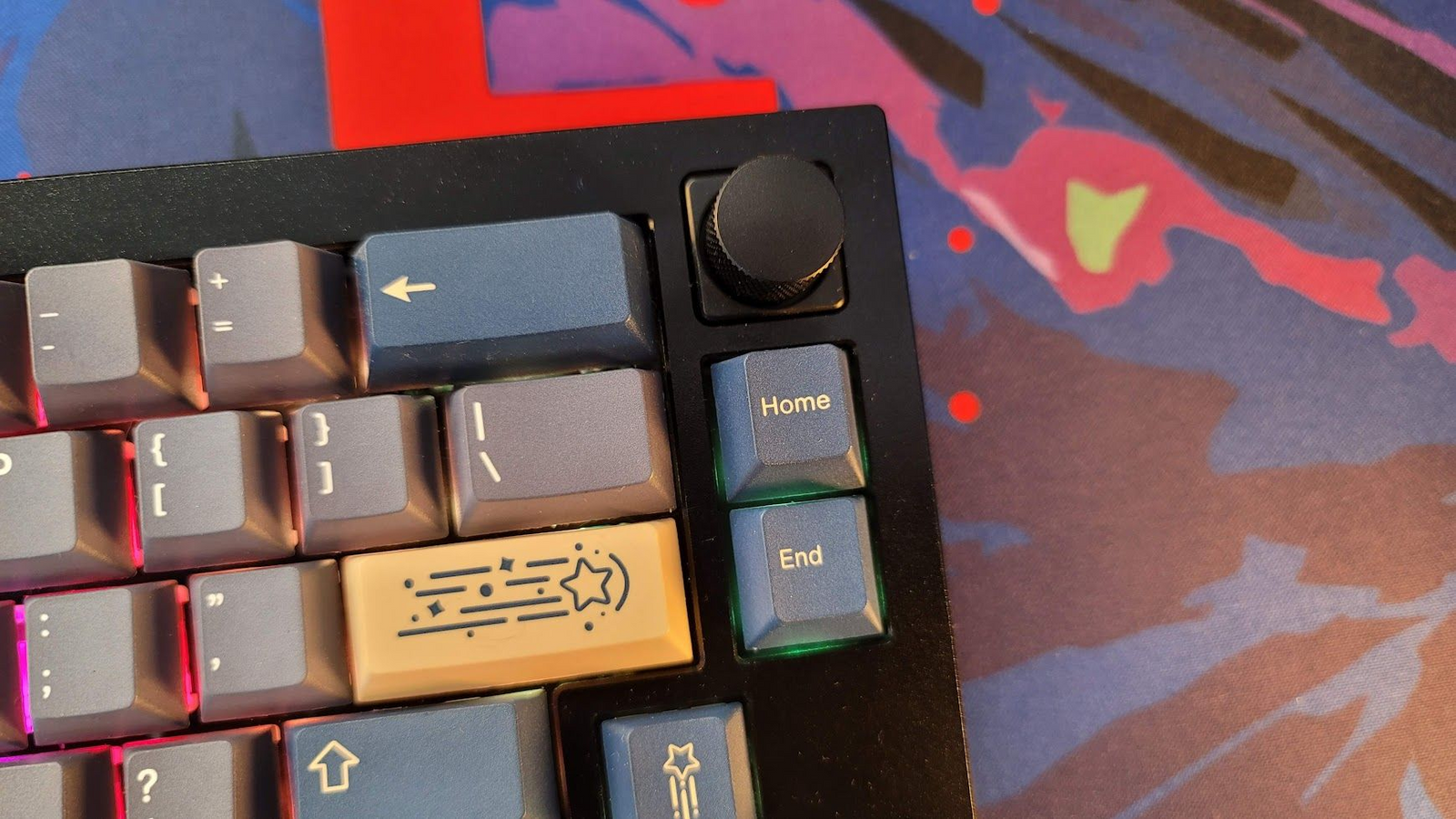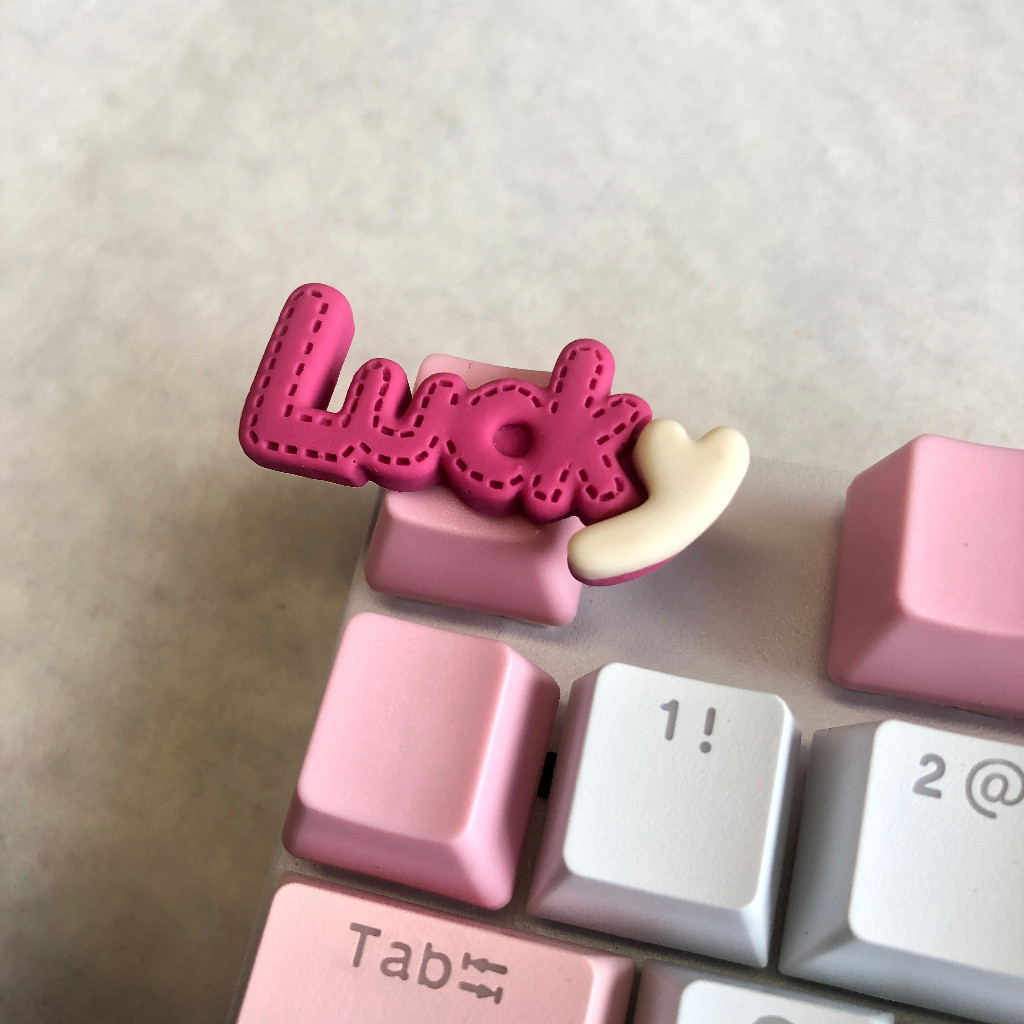Why Your Keyboard Deserves Better Than Factory Default Keycaps
Imagine wearing the same outfit every day for years. Not because you love it, but because it came pre-installed with your body. That’s essentially what we do with factory keycaps—those uninspiring plastic tiles that turn our most-used tool into a monotonous grid of sameness.
We live in an era where even phone cases get more personality than our keyboards. While tech companies obsess over screen colors and camera specs, they’ve left the tactile interface connecting us to the digital world stuck in beige-era purgatory. Stock keycaps are the equivalent of eating plain oatmeal when you could have a perfectly layered tiramisu—technically functional, but joylessly utilitarian.

Custom keycaps fix what you never realized was broken. Take sound: factory keys produce the acoustic equivalent of limp handshakes, while thicker PBT caps deliver the confidentthockof a vintage library stamp. Feel matters too—textured surfaces turn typing into finger massage therapy, and sculpted profiles guide your hands like GPS for your fingertips. It’s not just about aesthetics; it’s about upgrading from economy class to first-class tactile travel.
This revolution isn’t driven by tech giants, but by garage inventors and color-obsessed designers. One artist hand-paints cactus-shaped keycaps that bloom under UV light. A former architect 3D-prints lunar landscape caps with real crater textures. These aren’t accessories—they’re wearable art for your workstation. Your WASD keys could showcase miniature D&D dragons, or your spacebar might glow like a neon motel sign from a 1980s road trip.
The resistance often comes down to cost. “Why spend $150 on plastic squares?” skeptics ask. But consider this: the average person taps their keyboard 4 million times a year. That’s 4 million opportunities to feel cheap disappointment or crafted satisfaction. Premium keycaps outlive multiple keyboards, becoming heirloom pieces in our disposable tech culture.

There’s a deeper psychology at play too. Neuroscientists confirm that sensory-rich environments boost cognitive performance. When your fingers dance across honeycomb-textured modifiers or marble-swirl alphas, you’re not just typing—you’re conducting a symphony of micro-interactions that spark creativity. A study at Stanford’s Human-Computer Interaction Lab even found customized interfaces reduced typists’ error rates by 18%.
Start small. Swap just your arrow keys for polished brass caps that gleam like pirate treasure. Replace your escape key with a glowing radioactive symbol. Watch how these tiny changes make you linger at your desk, not because you have to, but because youwantto feel that satisfying click under your thumb.
Your keyboard isn’t a disposable gadget—it’s the canvas where ideas take shape, where love letters and billion-dollar proposals begin. Doesn’t that masterpiece-in-progress deserve a frame worthy of its potential?

